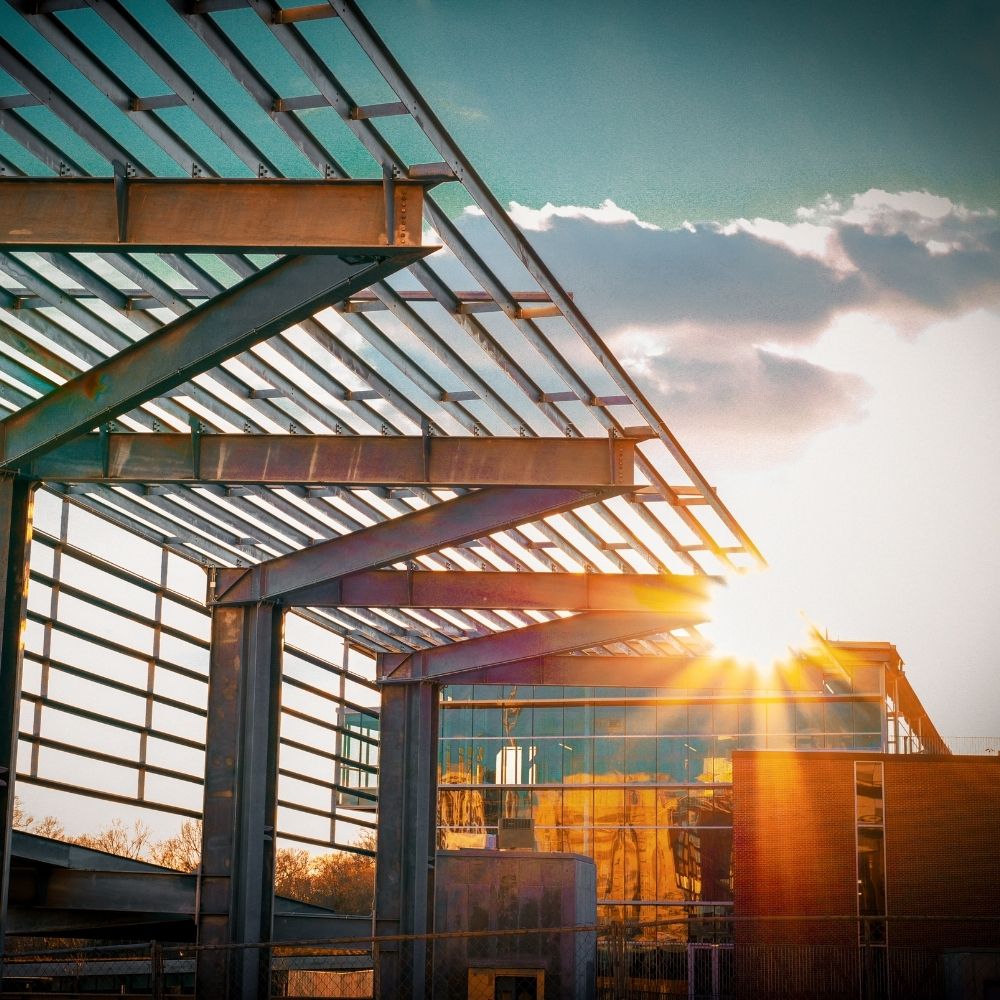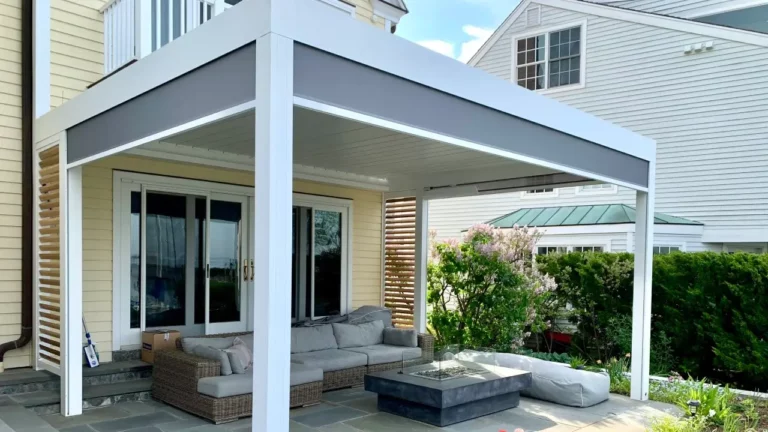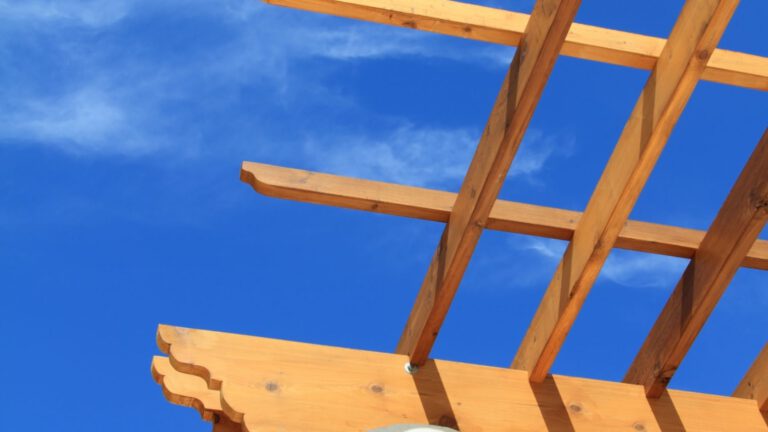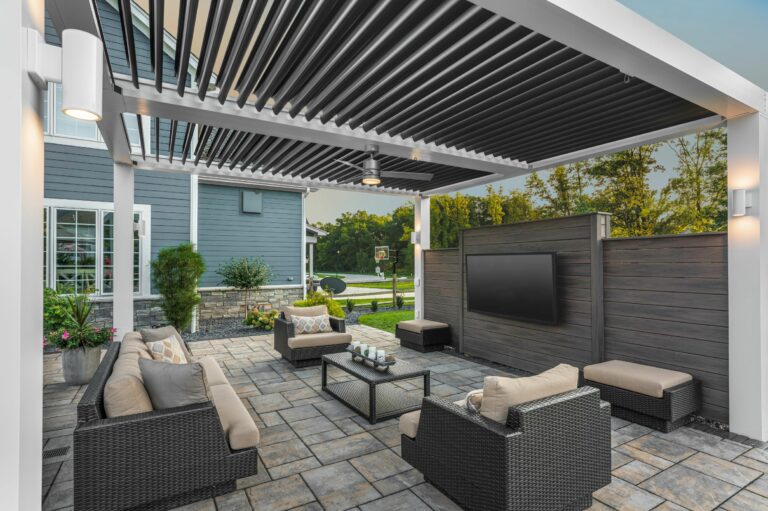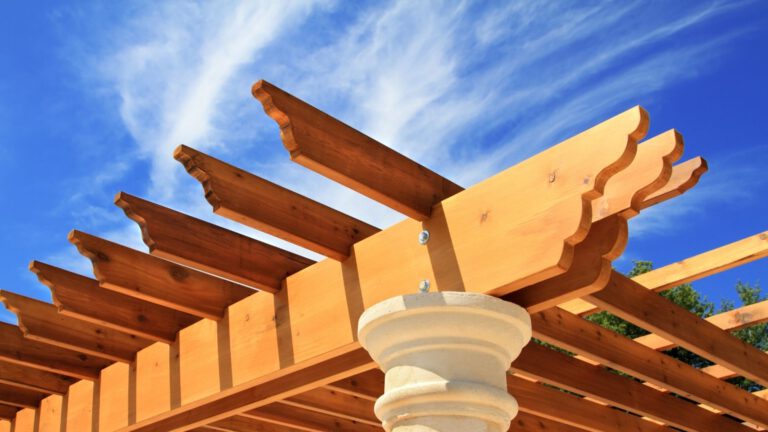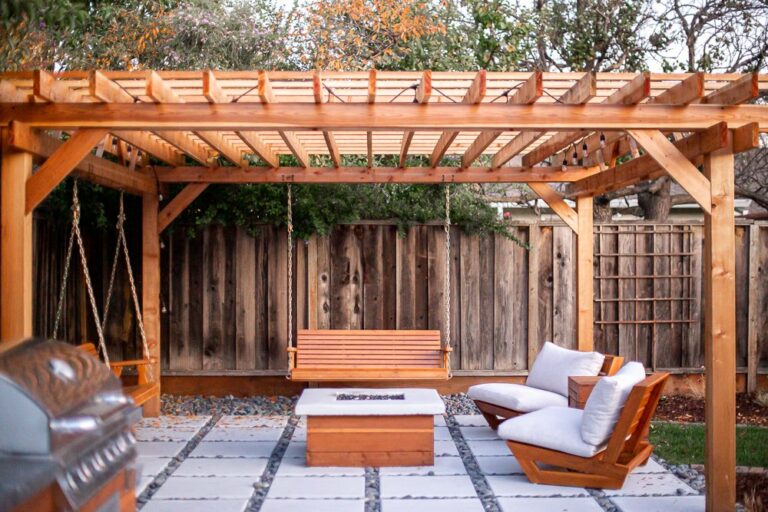The Art and Craft of Professional Pergola Construction
In the world of outdoor architecture and design, few elements can transform a space as elegantly and functionally as a well-constructed pergola. These beautiful structures have been gracing gardens, patios, and backyards for centuries, providing shade, style, and a touch of romance. While there are many DIY guides available for building your own pergola, this blog is not one of them. Instead, we will delve into the art and craft of professional pergola construction, emphasizing the skills, knowledge, and craftsmanship required to create pergolas that are both structurally sound and aesthetically pleasing.
The Purpose of a Pergola
Before we dive into the intricacies of pergola construction, it’s essential to understand the purpose of these versatile outdoor structures. Pergolas serve several functions:
- Shade and Comfort: Pergolas provide shade from the scorching sun, making your outdoor space comfortable even on the hottest days.
- Architectural Elegance: Pergolas add a touch of architectural elegance to any outdoor area. Their open framework and graceful lines create a sense of beauty and sophistication.
- Plant Support: Many homeowners use pergolas to support climbing plants like vines and roses, creating a lush and natural canopy.
- Defined Spaces: Pergolas can help define outdoor living spaces, making them ideal for dining areas, lounges, or cozy corners.
The Art of Design
Professional pergola construction begins with a well-thought-out design. While you may be tempted to grab a piece of graph paper and sketch out your vision, designing a pergola that’s both functional and attractive requires a deeper understanding of architecture, aesthetics, and engineering.
Consider these aspects when designing your pergola:
- Location: Determine the ideal location for your pergola. Take into account factors like sun exposure, prevailing winds, and proximity to your home.
- Size and Scale: Pergolas come in various sizes, from small, intimate structures to large, sprawling ones. Choose a size that complements your outdoor space without overwhelming it.
- Style: Pergolas can be designed in various styles, from classic to modern. Ensure that the style you choose harmonizes with the architecture of your home and the overall design of your outdoor space.
- Materials: Select the right materials for your pergola. Common choices include wood, vinyl, and metal. Each material has its own unique characteristics, so consider factors like durability, maintenance, and aesthetics.
The Craft of Construction
Once you have a well-thought-out design, it’s time to get into the nitty-gritty of pergola construction. This is where the craftsmanship truly shines, as building a pergola that stands the test of time requires skill and attention to detail.
Here are some key steps in the construction process:
- Site Preparation: Before you start building, prepare the site by clearing it of debris and vegetation. Ensure that the ground is level and stable.
- Foundation: Depending on your location and the size of your pergola, you may need to pour concrete footings or use anchor brackets to secure the pergola’s posts. This step is crucial for stability.
- Framing: Construct the framework of your pergola, including the posts, beams, and rafters. Precision in measuring and cutting is essential to ensuring the structure is level and symmetrical.
- Joinery: Use proper joinery techniques to connect the various components of your pergola. Mortise and tenon joints, for example, provide strength and durability.
- Roofing: If your pergola design includes a roof, choose roofing materials that match the overall aesthetic and provide adequate protection from the elements. Roofing options range from simple fabric canopies to intricate latticework.
- Finishing Touches: Don’t overlook the importance of finishing touches. Sand, stain, or paint the wood, and consider adding decorative elements such as finials, corbels, or lattice panels.
- Maintenance: Regular maintenance is key to preserving the beauty and longevity of your pergola. Depending on the materials used, this may involve staining, sealing, or repainting.
The Importance of Professionalism
While the allure of DIY projects is undeniable, professional pergola construction offers distinct advantages. Professional builders bring a wealth of experience, ensuring that your pergola is built to last. Here are a few reasons why hiring a professional is often the best choice:
- Structural Integrity: Professional builders understand the engineering principles required to create a pergola that can withstand the test of time and various weather conditions.
- Building Codes: Professionals are well-versed in local building codes and regulations, ensuring that your pergola is constructed in compliance with all necessary permits and requirements.
- Aesthetic Expertise: Professional builders have an eye for design and aesthetics, ensuring that your pergola not only serves its purpose but also enhances the beauty of your outdoor space.
- Time and Efficiency: Hiring professionals saves you time and effort. They have the tools, skills, and manpower to complete the project efficiently.
Conclusion
Professional pergola construction in Las Vegas is an art and craft that combines architectural design, engineering, and skilled craftsmanship. When done correctly, a professionally constructed pergola can transform your outdoor space, providing shade, style, and functionality. While DIY pergolas may be tempting, the benefits of hiring a professional cannot be overstated, ensuring that your pergola stands as a testament to the artistry and expertise of those who built it. So, when considering the addition of a pergola to your outdoor oasis, don’t underestimate the value of professional craftsmanship in creating a structure that will bring you joy for years to come.

